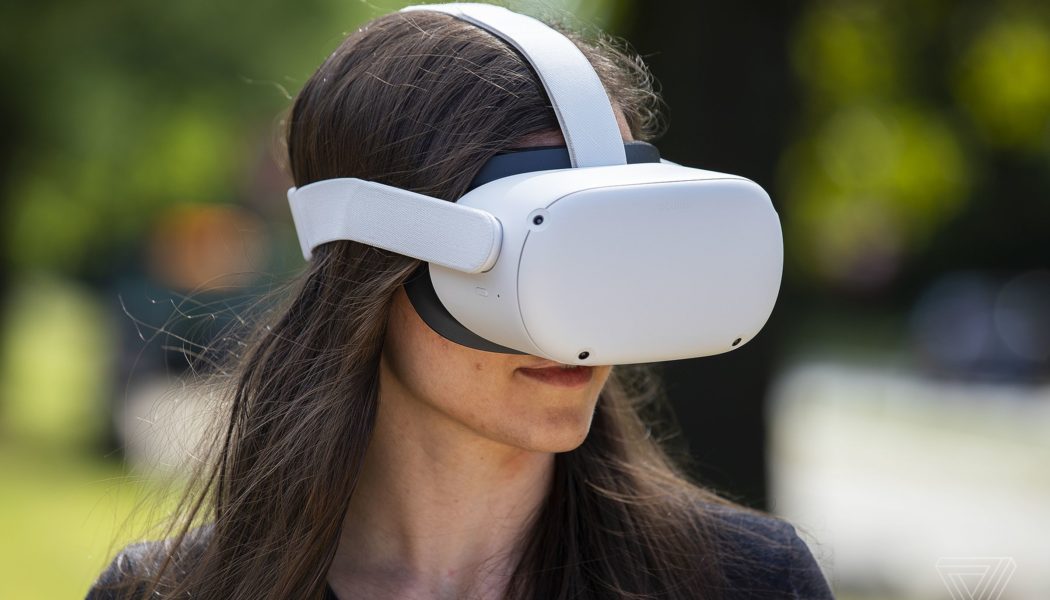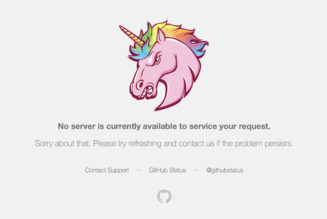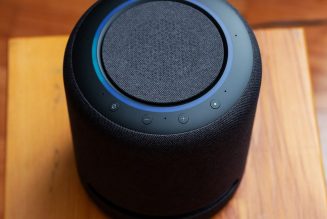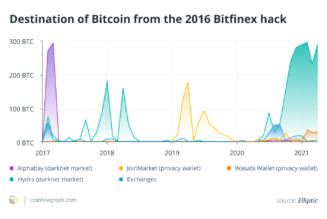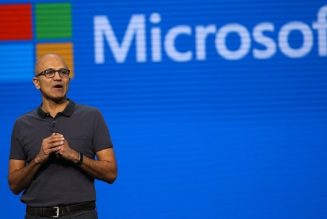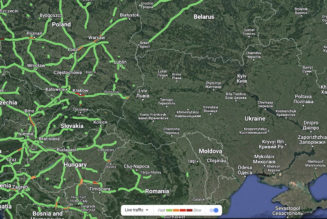Meta is giving developers 7 percent more GPU compute power to work with more than two years after the headset first launched.
:format(webp)/cdn.vox-cdn.com/uploads/chorus_asset/file/21869421/akrales_200904_4160_0135.0.jpg)
Meta is giving Quest 2 developers 7 percent more GPU compute power to work with, meaning apps and games on the headset you already own might look a little bit better sometime soon.
For developers, the increased power should “improve your ability to leverage higher pixel density without substantially reducing the resolution in order to hit the target frame rate,” Meta wrote in a blog post. Phrased a different way, “this means your apps’ visuals will look even better—without sacrificing resolution quality,” Meta says.
The change is possible thanks to the Quest using a new 525MHz GPU frequency, which is up from the previous 490MHz, and Meta’s “dynamic clocking system” will automatically up the frequency when it senses an app could use it. Unfortunately, it will be a little clunky to use, at least at first. For now, you’ll have to open an app, take off your Quest 2, and then put it back on to take advantage of the increased power. Starting with the Quest 2’s v49 update, the increased power will be available in an app right away. But we might be waiting just a bit for that update since Meta only released v47 at the beginning of December.
Meta doesn’t anticipate a “noticeable impact” to battery life, according to spokesperson David Gordon, because “the additional power draw will be small and only limited to cases where the additional GPU compute is actively needed.” And no apps have been designed with the added frequency in mind just yet, but “current applications that are sometimes GPU bound” will be able to leverage it automatically, Gordon noted.
While this is a pretty cool thing for Meta to do, it’s arriving more than two years after the original launch of the Quest 2. I asked why that was, and Gordon said that Meta has “spent months experimenting with this unlock / feature to assess and understand consumer and developer benefits.” It’s just the latest piece of major functionality Meta has added to the headset post-launch, a list that already includes things like two refresh rate improvements and voice commands.
The welcome GPU boost arrives at a time when there are some big questions about Meta’s VR future. While the company is confident about what’s to come, Meta just lost an important leader with John Carmack’s recent departure. And we weren’t big fans of the high-end Meta Quest Pro. But the Quest 2 remains a great device (even after its unexpected price bump), and hopefully the increased GPU power will mean a better experience in your games and apps.
Update December 21st, 7:13PM ET: Added new information from Meta.
